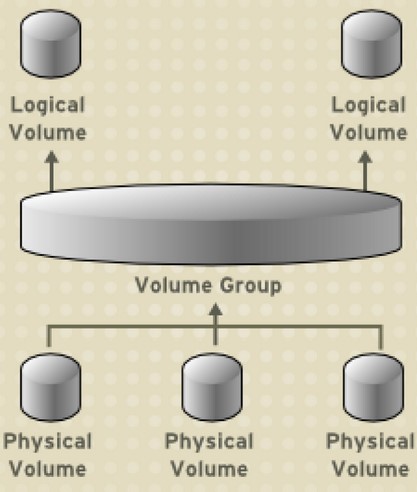In this post I’ll just summurize all the advantages of LVM over traditionnal partionning.
LVM add a logical layer that allows all these advantages:
- You can combine different physical disks in the same volume group, and create a partition over this three disk (a partition over a logical volume using this volume group)
- You can easily add a new disk to an existing volume group, and then at final point, extend your partition that is using this volume group (via logicial volume)
- You needn’t to unmount your partition to extend it, then there is no down time for your users!
- In case you made an error and added too much disk to your partition you can shrink it without down time! (you can’t shrink more than the free disk space on your partition)
- One partition can use several physical disks in contrary to traditionnal partitionning where your partition is stuck to a physical disk. It also means you can have a partition bigger than your smallest physical disk!
A very good source from redhat is here. But there is a mistake, I don’t know how they missed it: you needn’t to unmount your partition to extend it with LVM, it’s a great advantage that is missing in this source but the rest is well described and well explained.

Leave a Reply